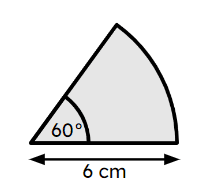Myths about teaching can hold you back
- Year 10
- Foundation
Checking and securing understanding of direct proportion in context
I can recognise direct proportion in a range of contexts, including compound measures.
- Year 10
- Foundation
Checking and securing understanding of direct proportion in context
I can recognise direct proportion in a range of contexts, including compound measures.
These resources were made for remote use during the pandemic, not classroom teaching.
Switch to our new teaching resources now - designed by teachers and leading subject experts, and tested in classrooms.
Lesson details
Key learning points
- Direct proportion can be used in a number of contexts.
- One context is converting compound measure.
- Another is currency conversion.
- Regardless of the context, if one quantity is zero, the other must be as well.
- It is useful to be able to recognise which contexts involve direct proportion.
Keywords
Direct proportion - Two variables are in direct proportion if they have a constant multiplicative relationship.
Common misconception
All straight line graphs show direct proportion.
Only straight line graphs that pass through the origin (0, 0) show direct proportion.
To help you plan your year 10 maths lesson on: Checking and securing understanding of direct proportion in context, download all teaching resources for free and adapt to suit your pupils' needs...
To help you plan your year 10 maths lesson on: Checking and securing understanding of direct proportion in context, download all teaching resources for free and adapt to suit your pupils' needs.
The starter quiz will activate and check your pupils' prior knowledge, with versions available both with and without answers in PDF format.
We use learning cycles to break down learning into key concepts or ideas linked to the learning outcome. Each learning cycle features explanations with checks for understanding and practice tasks with feedback. All of this is found in our slide decks, ready for you to download and edit. The practice tasks are also available as printable worksheets and some lessons have additional materials with extra material you might need for teaching the lesson.
The assessment exit quiz will test your pupils' understanding of the key learning points.
Our video is a tool for planning, showing how other teachers might teach the lesson, offering helpful tips, modelled explanations and inspiration for your own delivery in the classroom. Plus, you can set it as homework or revision for pupils and keep their learning on track by sharing an online pupil version of this lesson.
Explore more key stage 4 maths lessons from the Similarity unit, dive into the full secondary maths curriculum, or learn more about lesson planning.

Licence
Prior knowledge starter quiz
6 Questions
Q1.Two variables are in proportion if they have a constant multiplicative relationship.
Q2.Four friends went to the cinema. The cost of their tickets was £38. How much did each ticket cost? £
Q3.In a supermarket, 3 tins of soup cost £4.80. 8 tins of the same soup should cost £
Q4.Match each measurement to its equivalent measurement.
33 mm
3.03 m
0.33 cm
3300 mm
3300 cm
Q5.Calculate the volume of this cuboid.
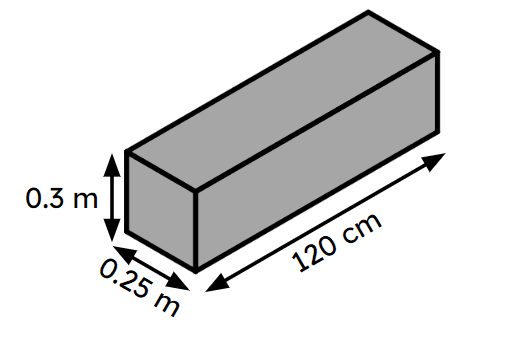
Q6.Calculate the surface area of this cuboid.

Assessment exit quiz
6 Questions
Q1.Two variables are in direct proportion if they have a __________ relationship.
Q2.Which of these graphs shows direct proportion between the two variables?
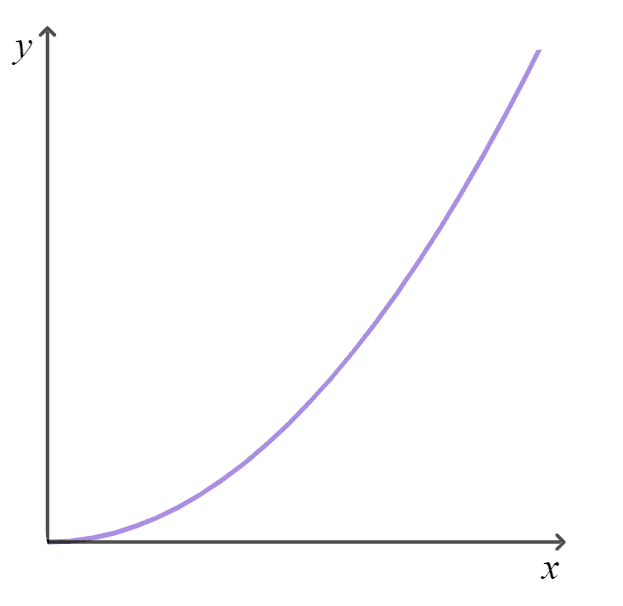
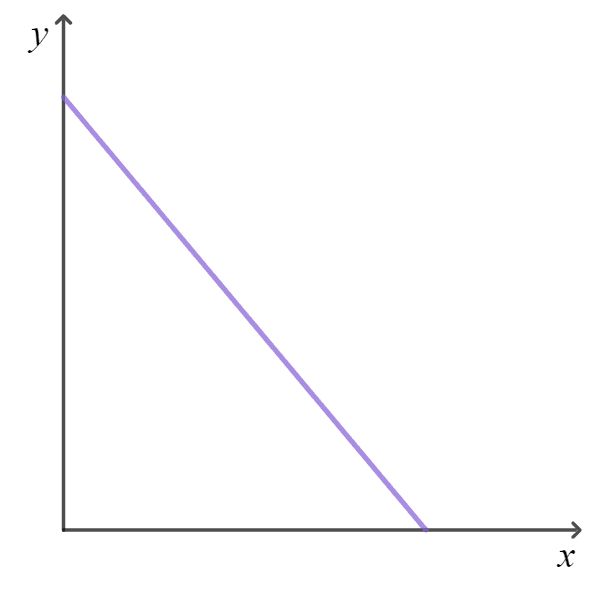
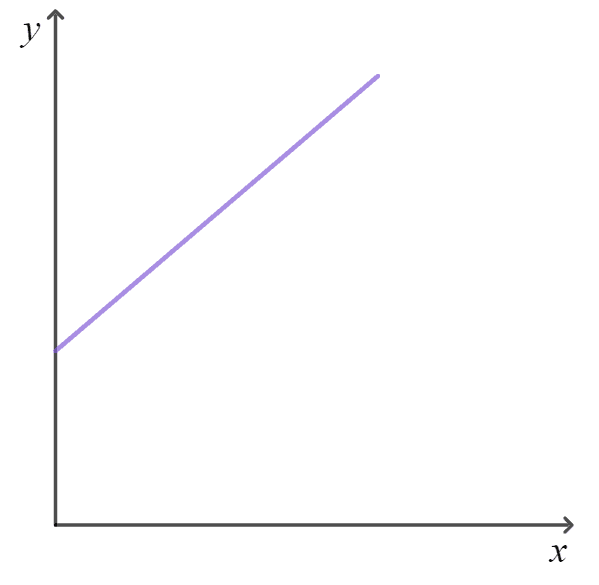
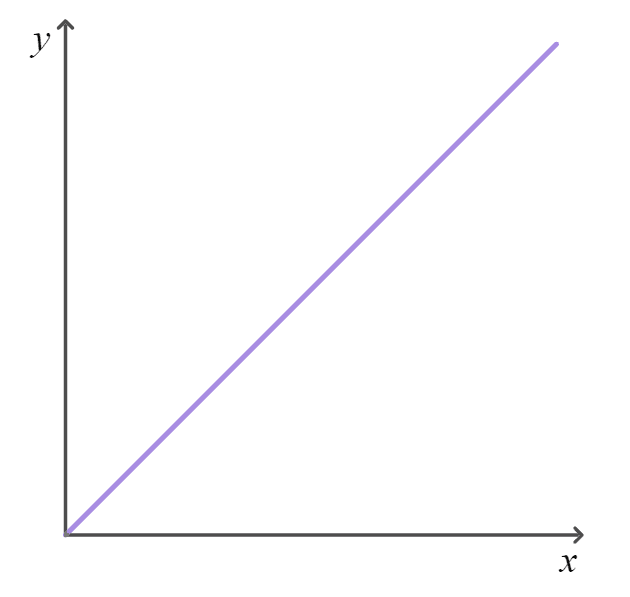
Q3.The ratio table shows the conversion €7 (Euros) = £6 (Pounds Sterling). €630 = £
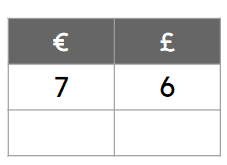
Q4.The perimeter of a triangle is 33 300 cm. Which calculation shows its perimeter in metres?
Q5.A circular sector with an angle of 60° has a radius of 6 cm, an arc length of 2π cm and an area of 6π cm². Select the correct statements.
